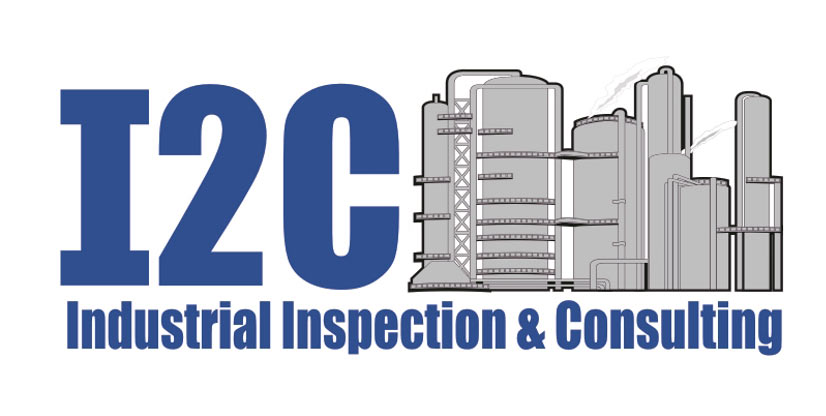RBI Program Maintenance and Implementation
Plants are facing more stringent regulatory scrutiny while at the same time need to satisfy the business requirements of controlling costs and maintaining equipment reliability. An ongoing API Risk-Based Inspection program enables plant management to maintain a low-risk and cost-effective operating environment through the inspection planning process. The goal is to optimize inspection-related activities for equipment using updated technologies and API RBI software capabilities. This enables plants to:
- Optimize maintenance scheduling
- Prioritize equipment inspection
- Focus inspection dollars on the most critical areas
- Extend inspection intervals of low risk equipment
- Facilitate run/repair/replace decisions
Phase 1: Data Collection & Process Overview Meeting
Clients are asked to provide data for each unit or piece of equipment, including a process description, operations manual, complete set of PFDs and P&IDs, corrosions control manual and other specific information.
Once data is collected, I2C facilitates a process overview meeting with client personnel including the RBI supervisor, metallurgist, unit inspector, process engineer, and an operations representative. The goal of this meeting is to develop a familiarity with each unit’s unique operating conditions. The data reviewed in these meetings includes materials of construction, operating conditions, fluid compositions, previous inspection information, and areas of known damage.
Phase 2: Data Evaluation & Validation Meeting
I2C then reviews and organizes the data before entering it into the RBI database, and clients are likely to be asked for additional data. A preliminary damage mechanism review is performed at this time.
I2C then holds an onsite validation meeting to review the data provided by the client, review equipment inspection histories, and discuss damage mechanism assignments.
Phase 3: Risk Evaluation & Inspection Planning Meeting
Based on the discussion during the validation phase, I2C will perform a risk analysis, detailed damage mechanism assessment, and develop a preliminary inspection plan.
The plan is presented at an on-site inspection planning meeting, where the group will discuss in detail the RBI recommendations for each component. Specifically, the discussion will focus on items that have a required inspection, level of inspection and technique recommended, as well as those items without any RBI inspection requirements during the plan period.
Phase 4: Reporting
Finally, an I2C RBI study provides the following deliverables:
- A finalized RBI recommended Inspection Plan based on the onsite meeting comments
- A populated RBI software database covering all components
- Detailed report of findings and assumptions used in the analysis
OR…
RBI is a systematic approach that enables users to make informed business decisions regarding inspection and maintenance expenditure. The fundamental objective of implementing a successful RBI program is to create an inspection strategy that clearly defines.
- Equipment items which require inspection;
- Optimal periodicity of inspections; and
- Correct techniques that should be performed to identify defects that a particular component is likely to develop.
The RBI process is based on the following activities:
The fundamental reasons for implementing RBI are to:
- Measure and understand the risks associated with current inspection programs
- Provide a basis for shifting resources from lower to higher risk equipment
- Enhance the cost effectiveness of inspection and maintenance resources
- Monitor risk reduction as a result of implementing inspection practices
- Use historical data to facilitate the maintenance planning process for future installations
- Allow management to review safety in an integrated, cost effective manner
- Increase reliability of equipment and operation thereby extending asset life
- Minimize loss of production through selecting cost effective inspection programs without compromising safety and risk to environment
